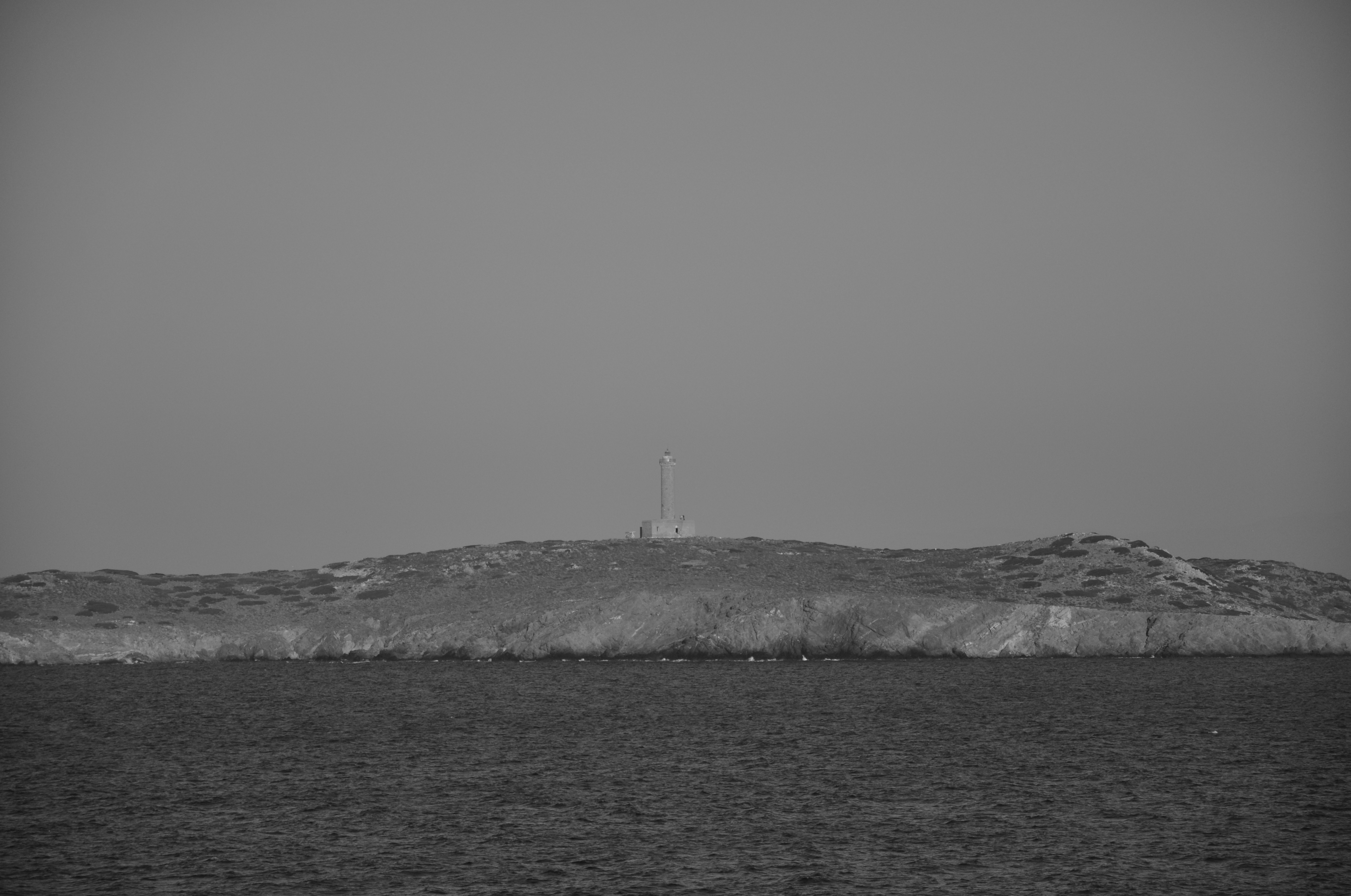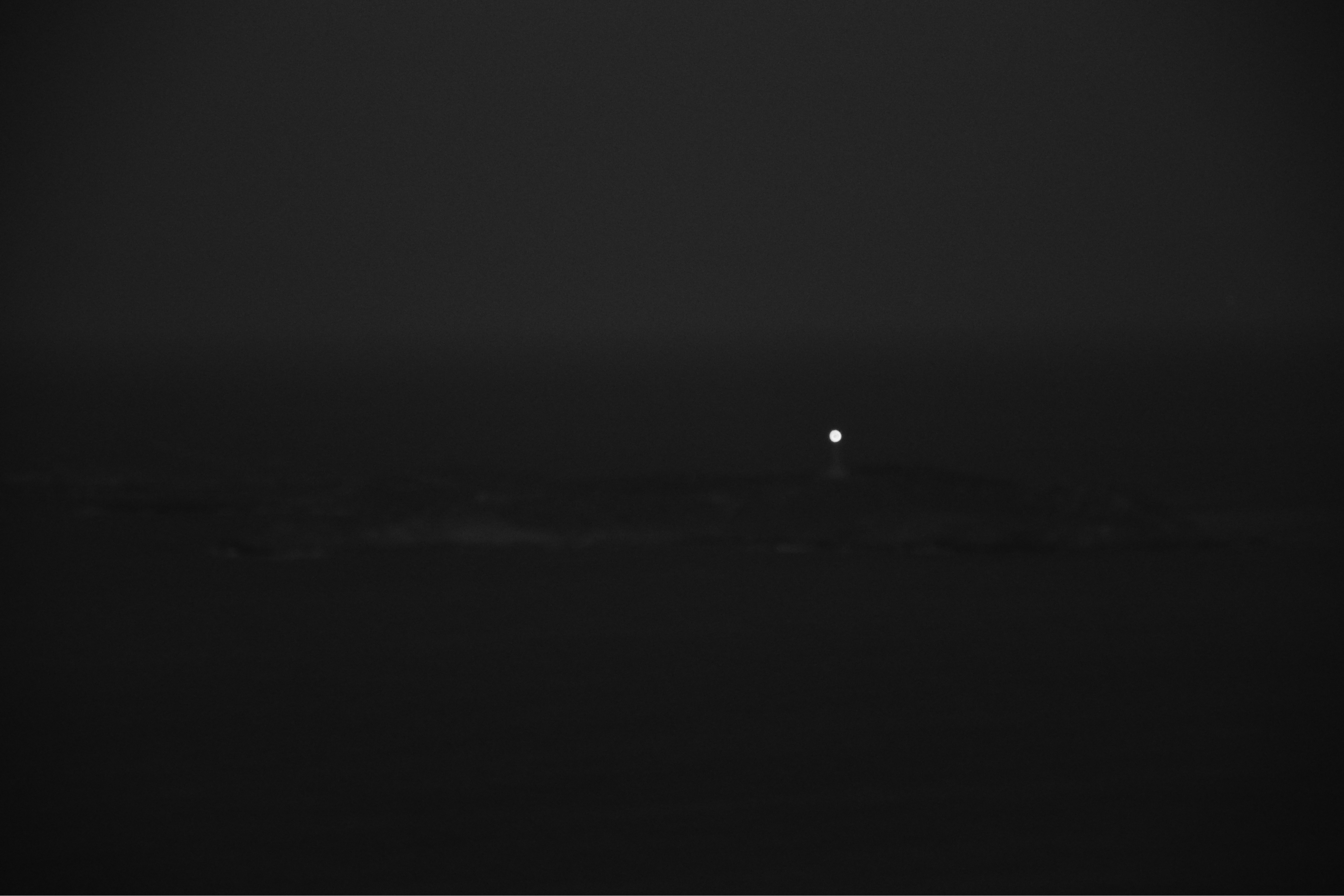THE PAST OF THINGS TO COME
2018
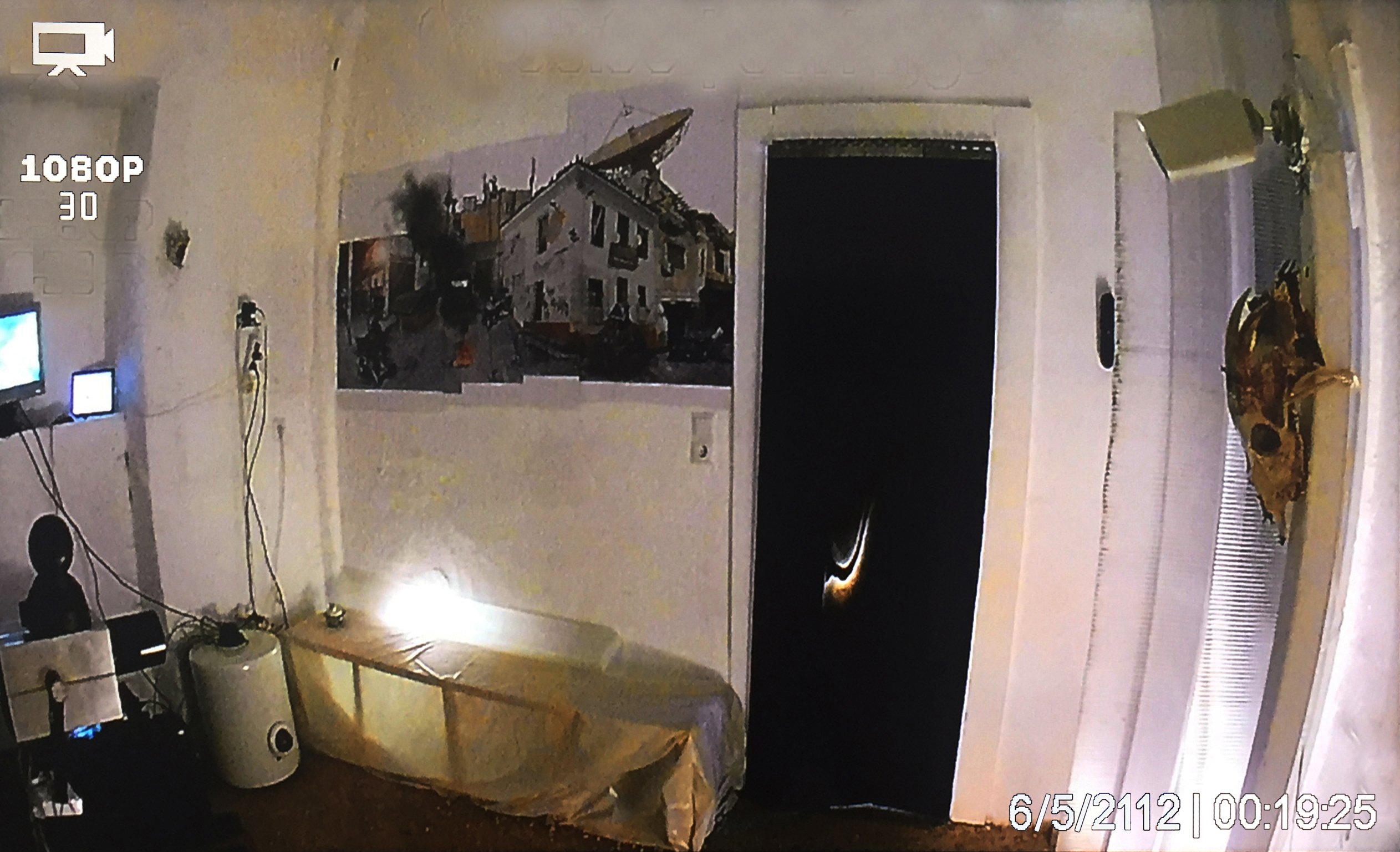
The Past of Things to Come is a site-specific interactive installation
based on an alleged occupation of a building, developing into a critical and
sarcastic narrative of a dystopic future by applying fictional and real events.
The installation spans in two
rooms: The room where the visitors first enter is a display/exhibition room, and
the other one is a bunker, a safe room. The visitors entering the exhibition room
have no idea of the existence of the bunker. The display resembles that of an
archive, consisting of visual documentation, mainly photographs and footage
from surveillance cameras, all dated in 2112. What it is depicted is an
enclosed space, a building and its surroundings which is no other than that of the
exhibition. Yet the images present a completely different situation: it looks
like a disaster had struck and the interior space served as a shelter and
eventually turned into a bunker.
However the visitors soon
discover that this room actually exists. A secret door in the exhibition space
leads them to the future-past bunker. The surveillance cameras in that room transmit live in the
monitors in the exhibition room, so the visitors in the bunker are now part of
the display as they are watched by the newcomers who will soon take their
place.
The visitors’ role changes from spectators to participants suggesting not
only a change of relations between them, but also of time and space. This
incessant shifting between a virtual past, present and future, private and
public, outside and inside, near and far,
creates a loss of coherence where linear time and space orientation does not
make sense, like being in a kind of loop, which leaves no ground for fixed or
secure positions and points of view.
Download pdf here for more.
The catalogue of the exhibition The Past of Things to Come was published by Cube Art Editions with texts by Elina Axioti and James Bridle. Available for orders here.
Curated by Elina Axioti
Special thanks to:
Evangelia Argyrou
Dimitris Mitropoulos
Eleni Saroglou
With the support of NEON, the Architecture Syndicate and A-DASH.
Supporting
Creativity
![]()
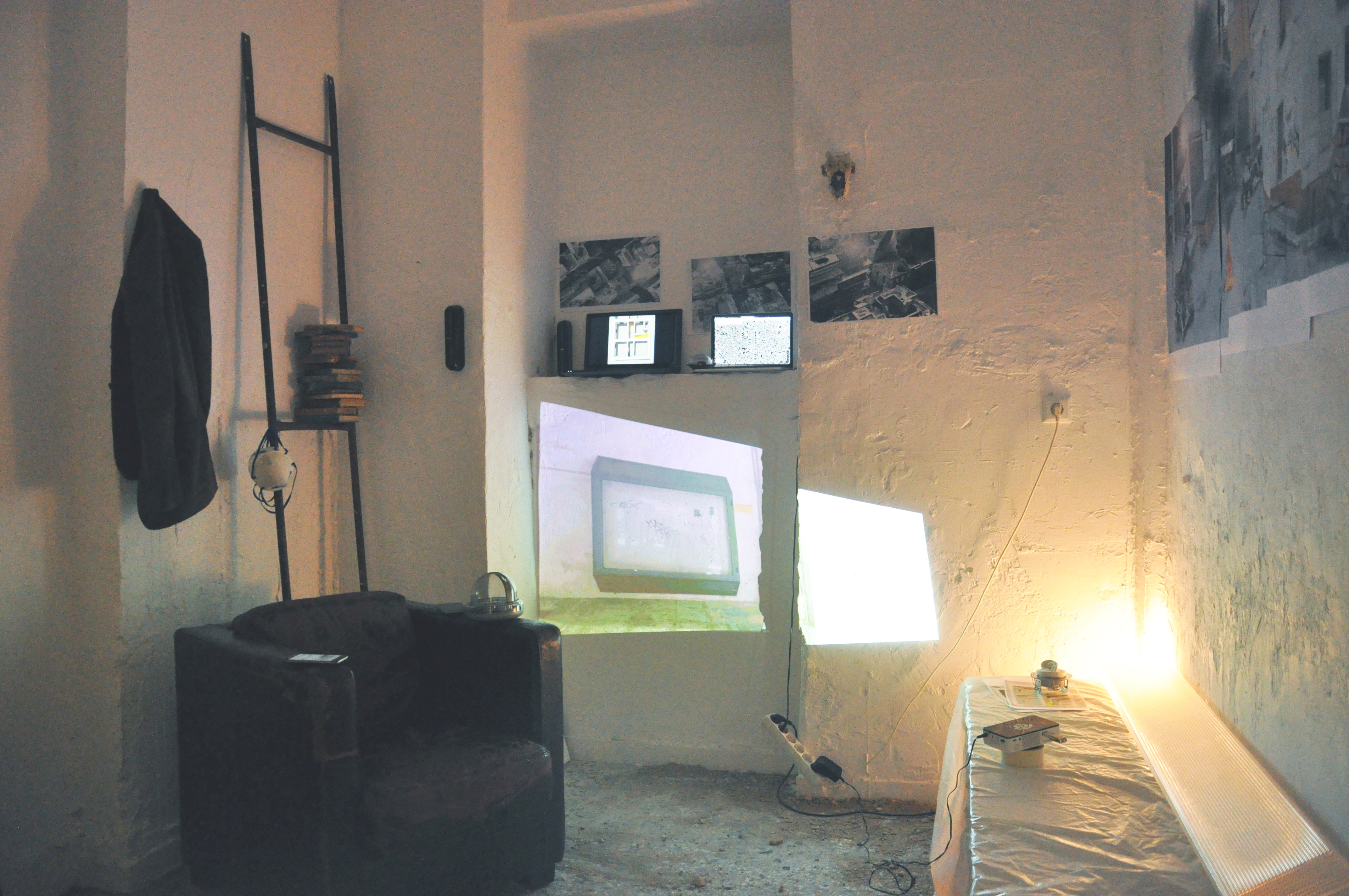
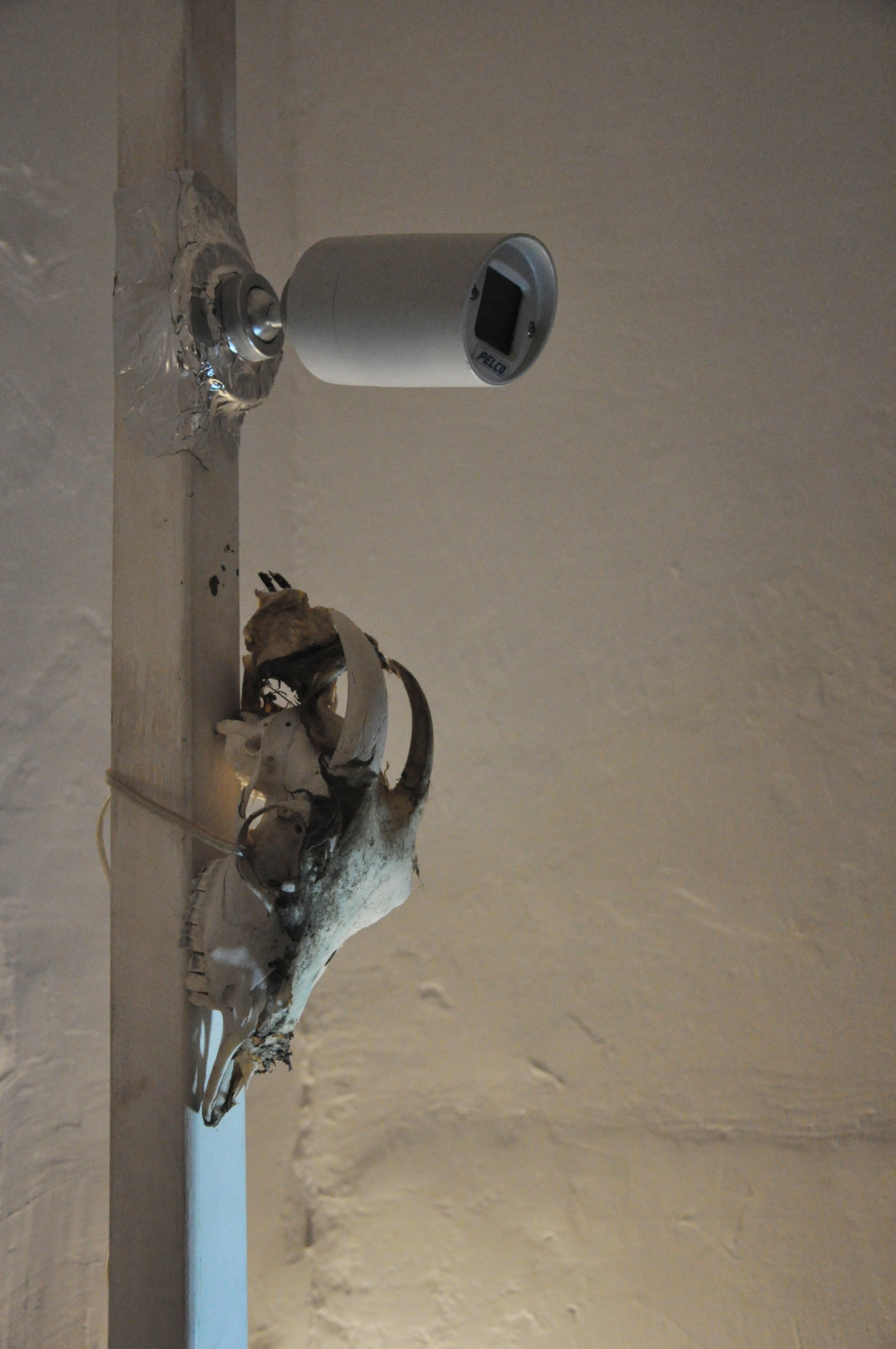
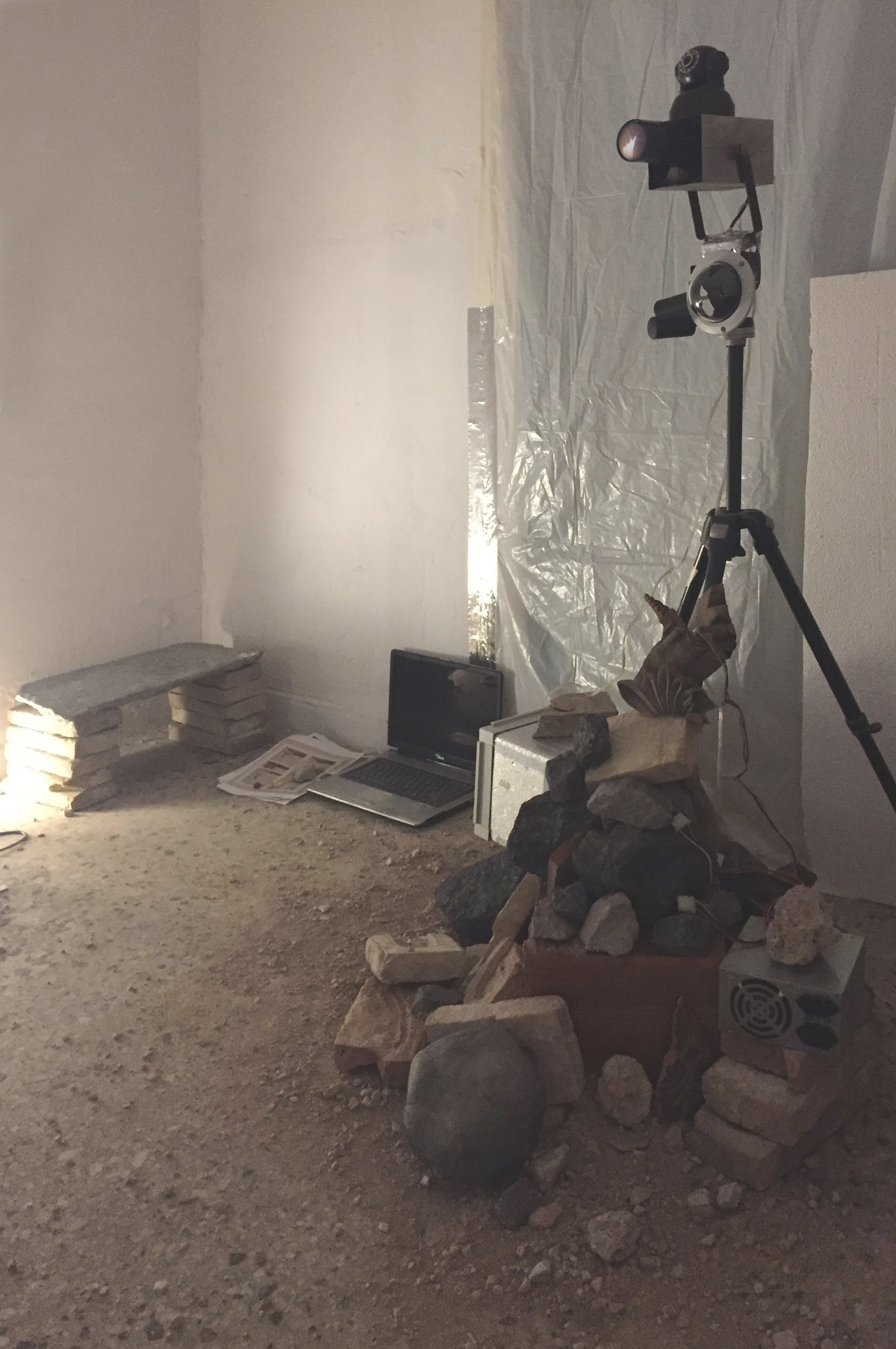
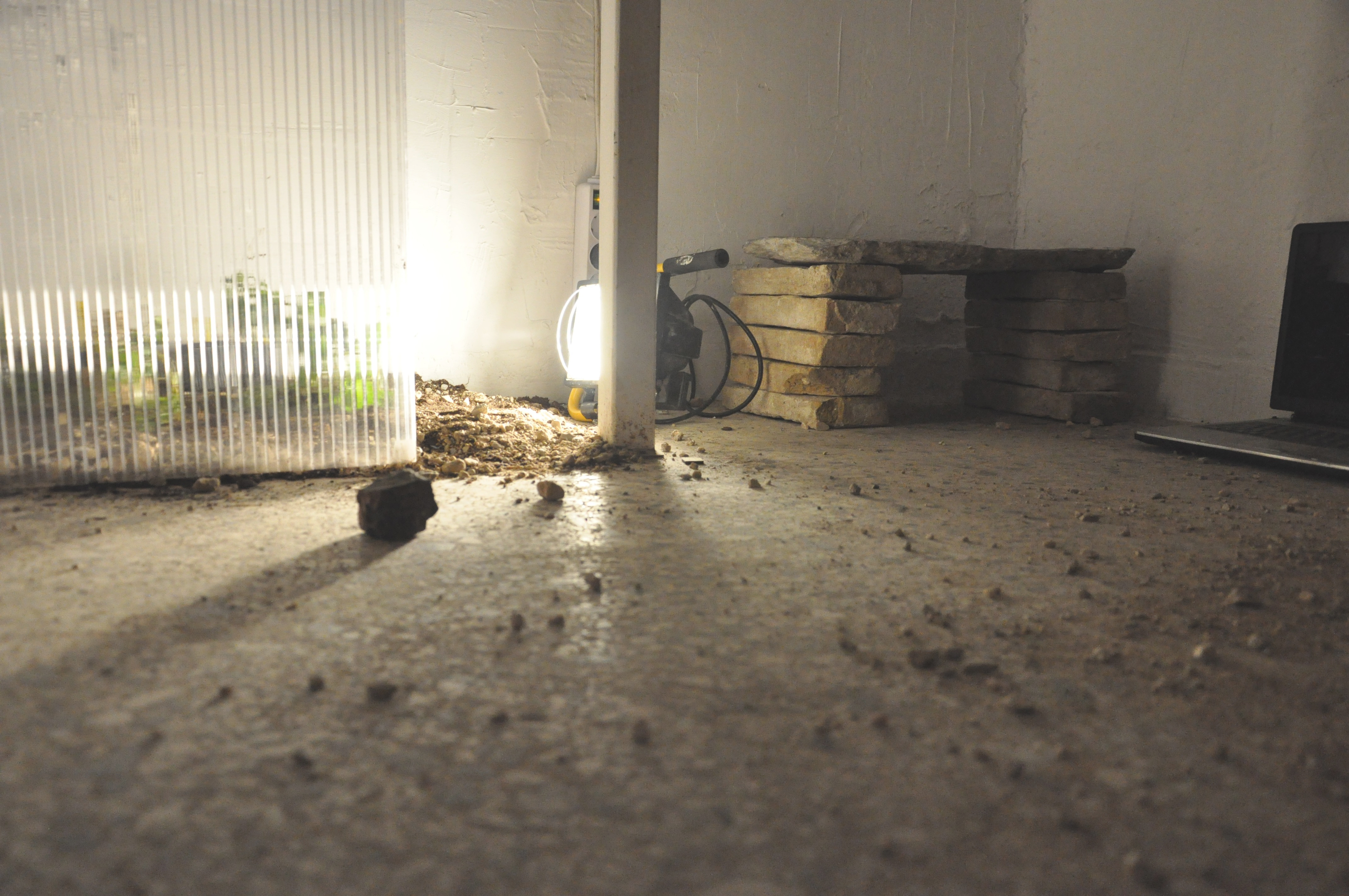
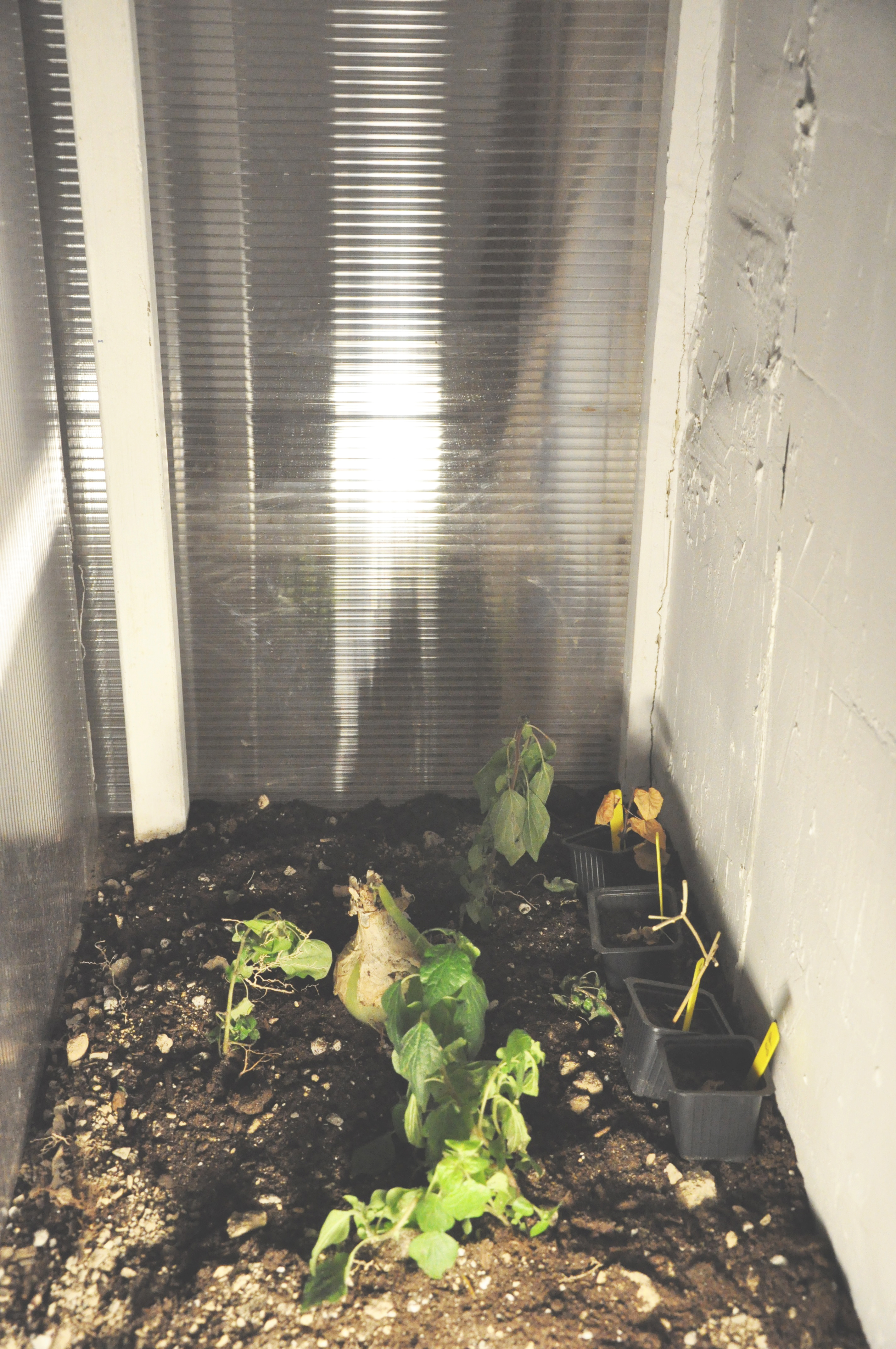
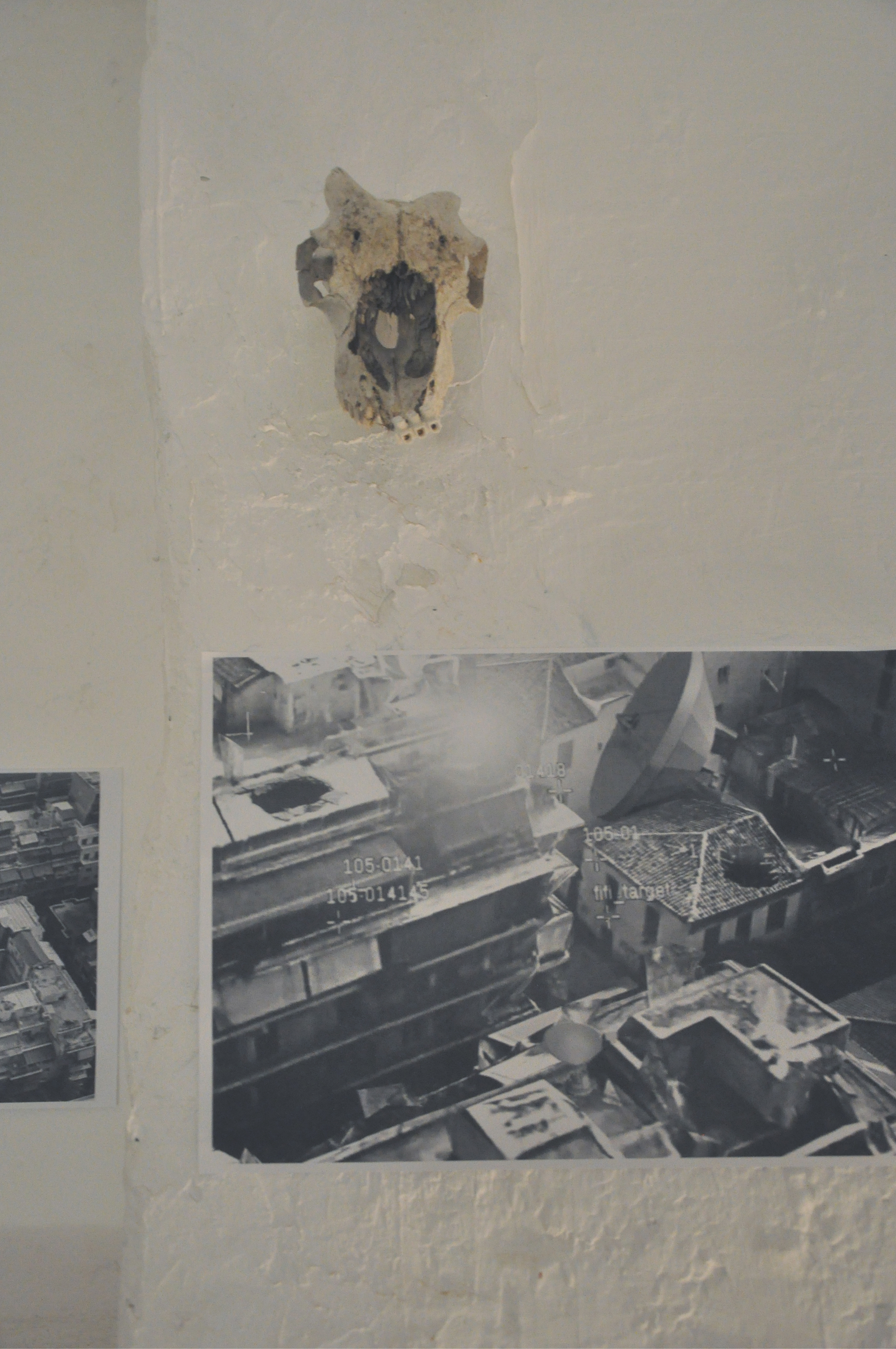
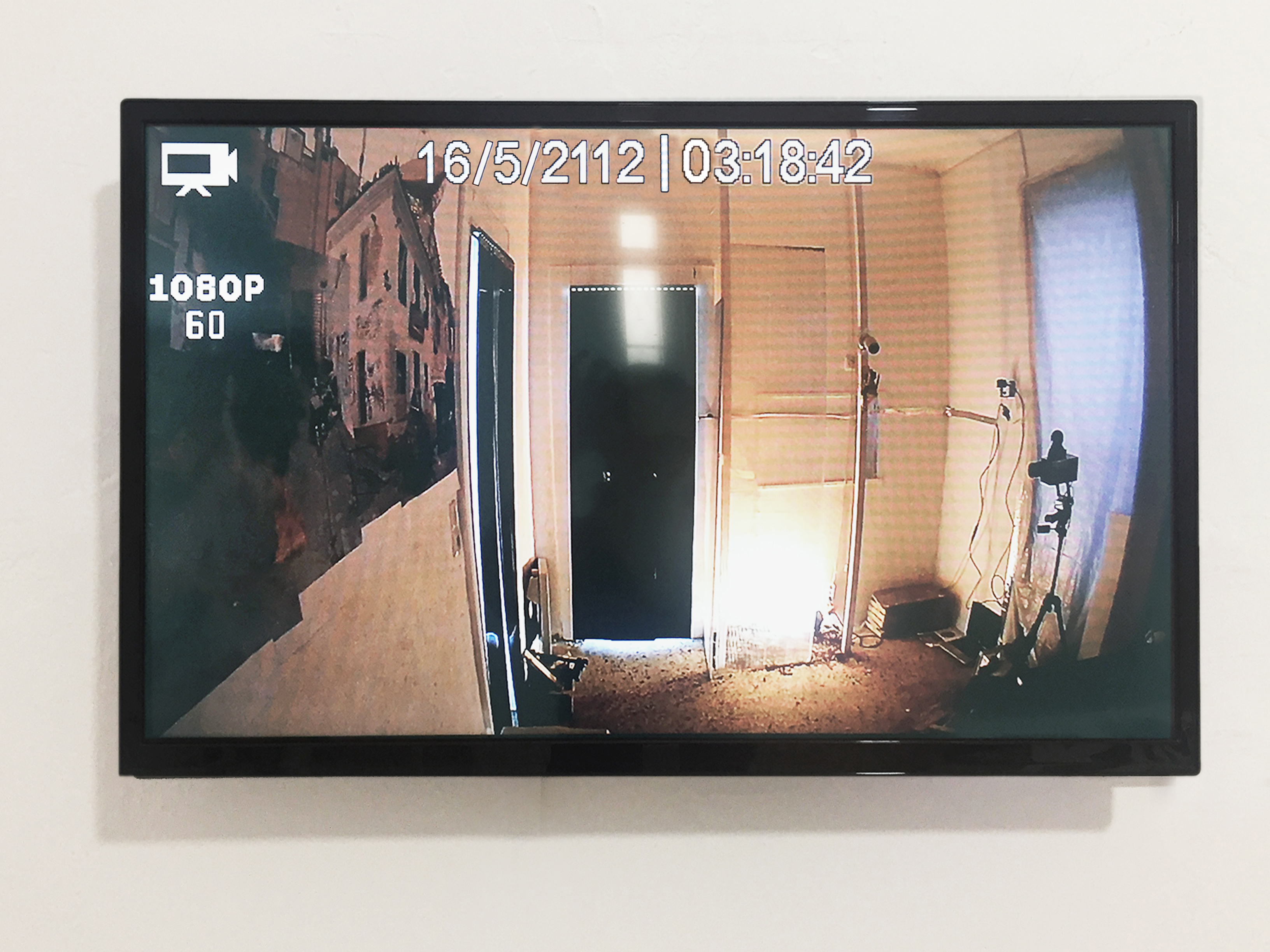
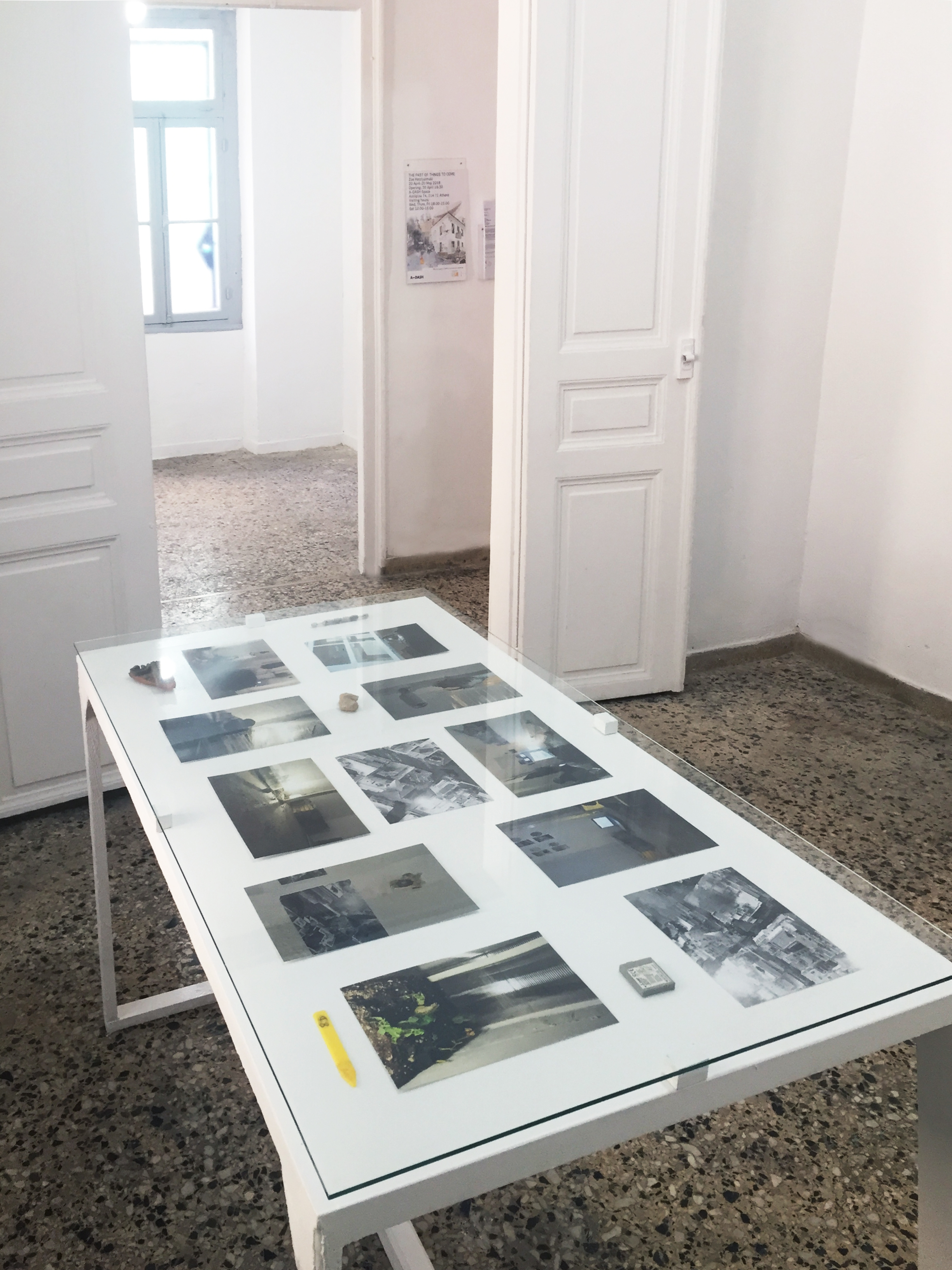

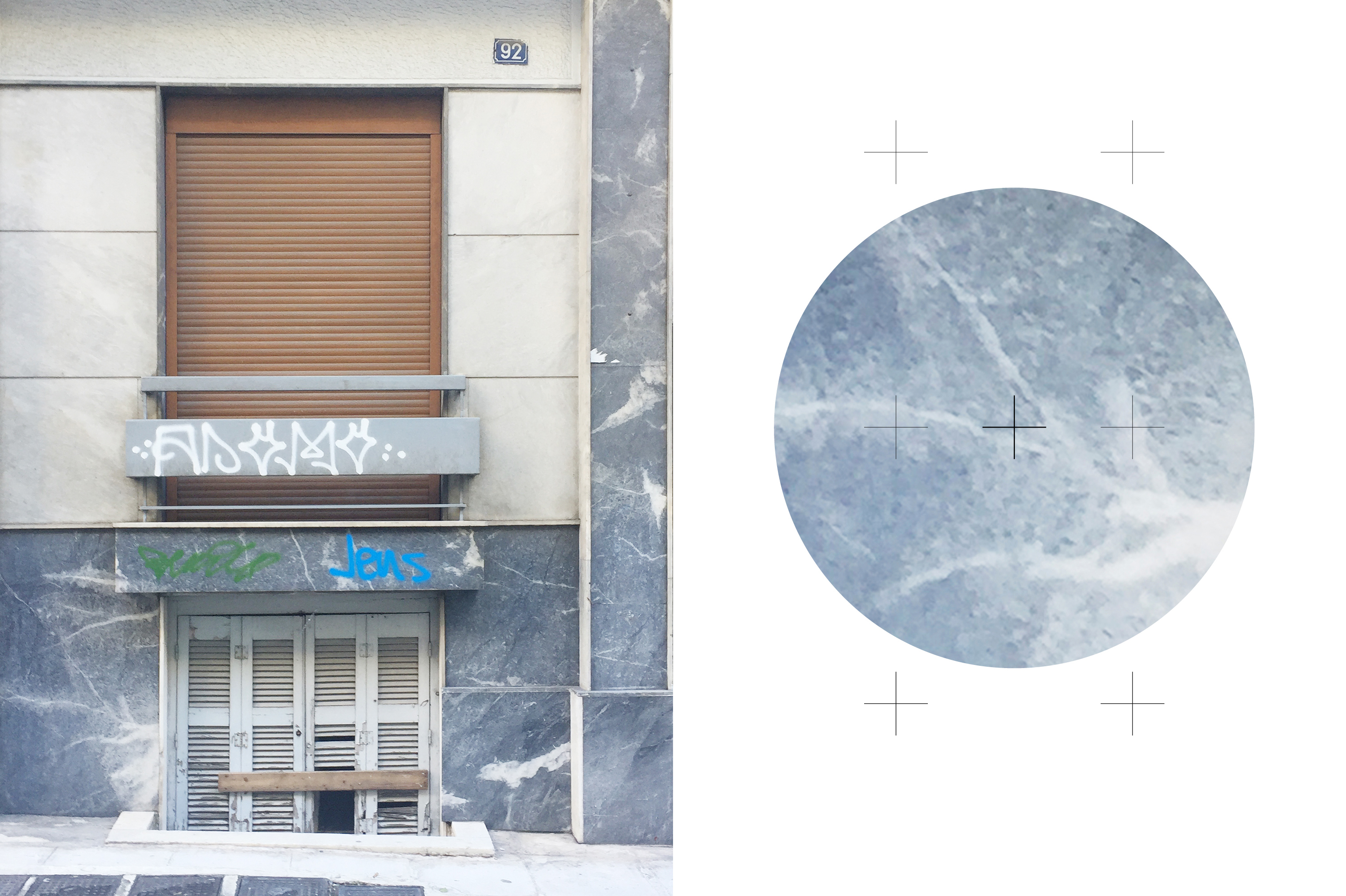
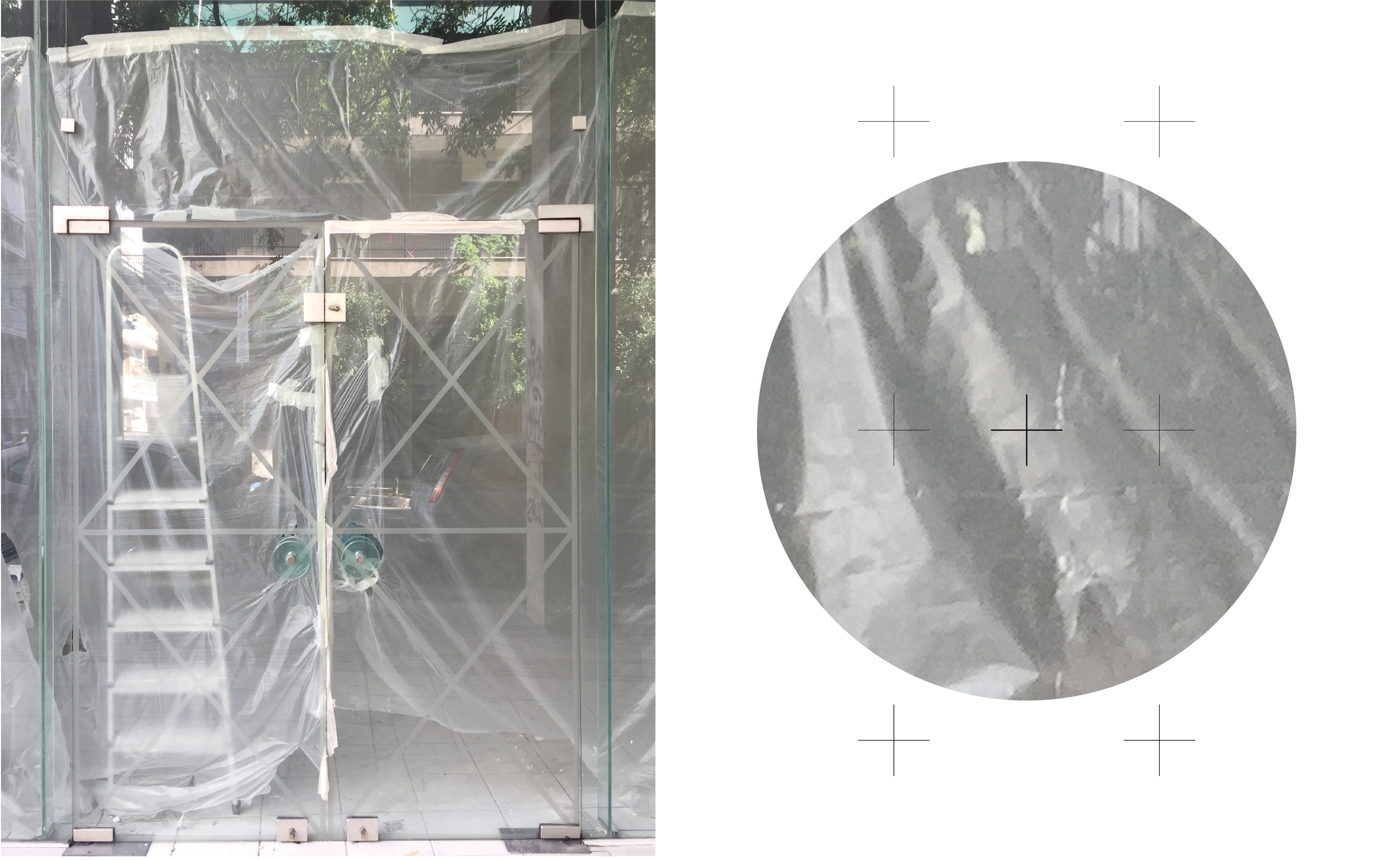
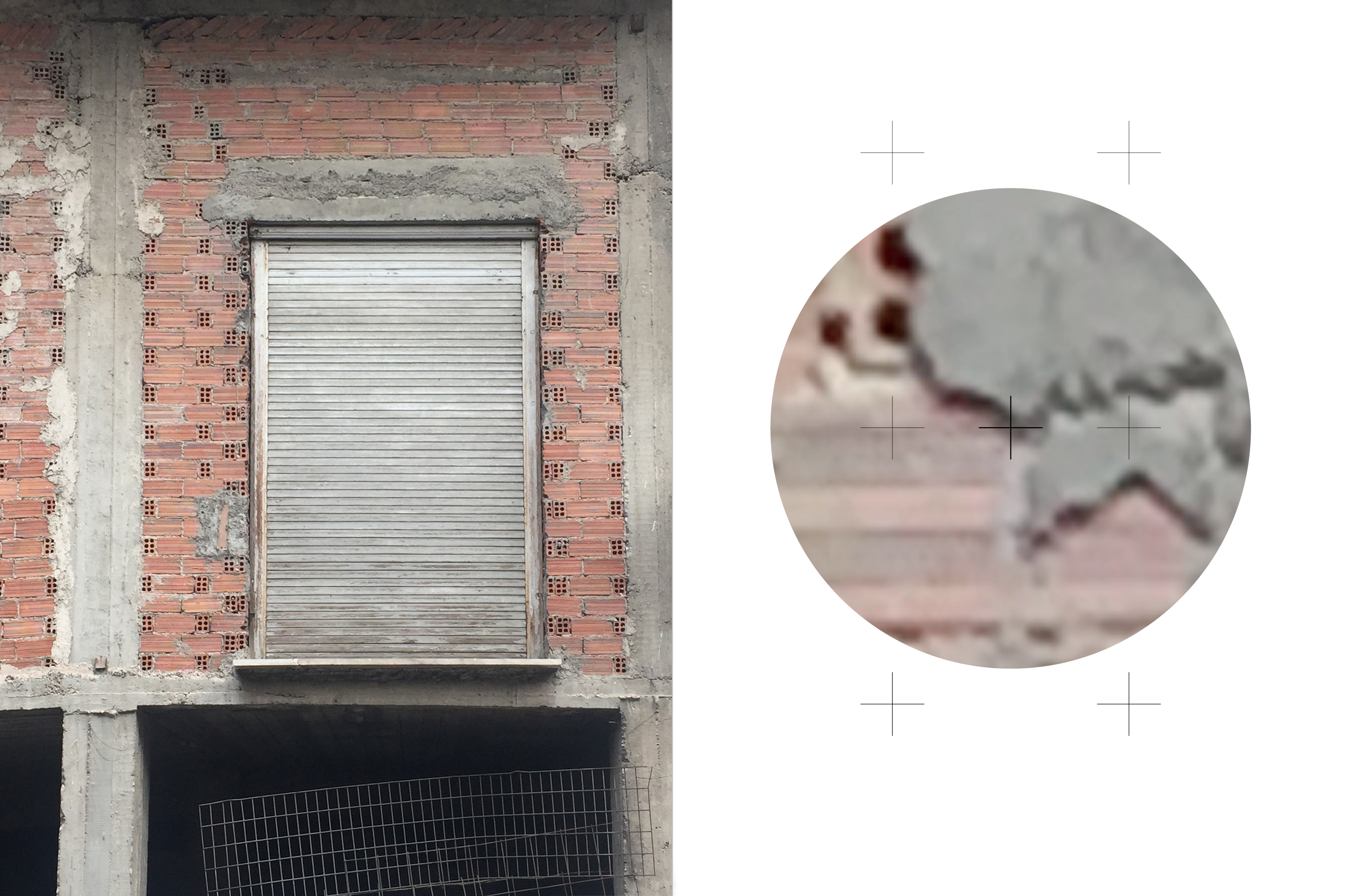
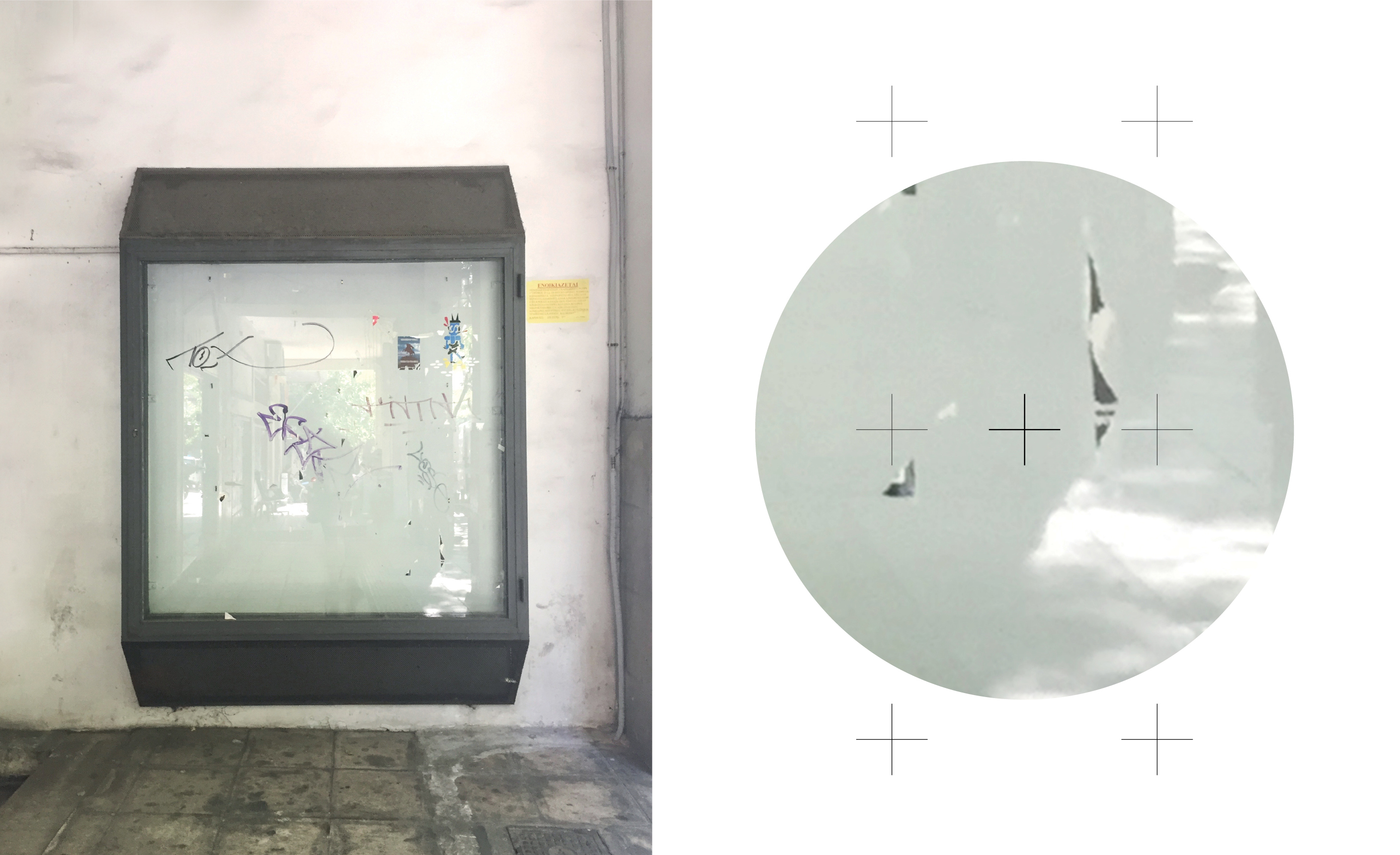
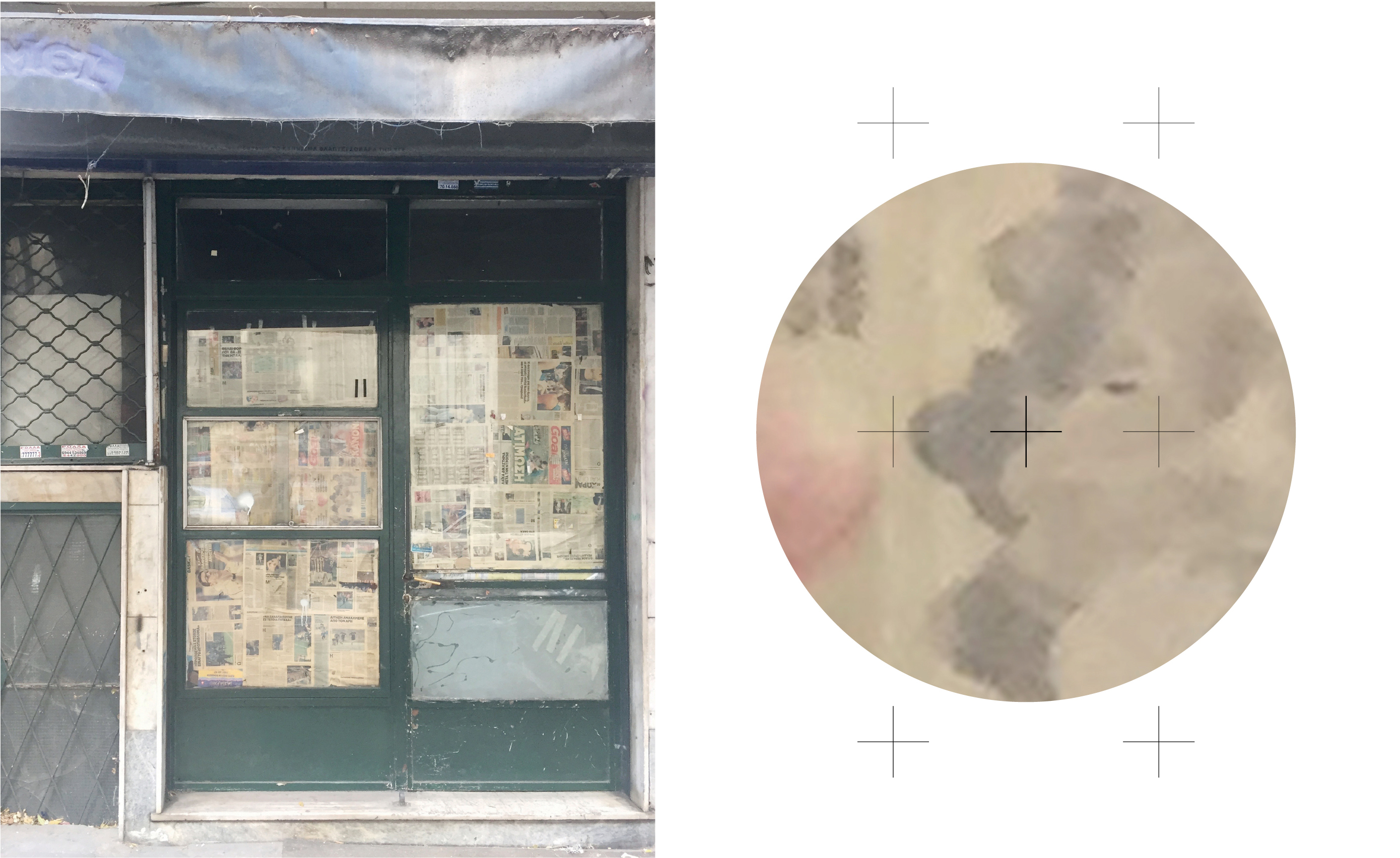
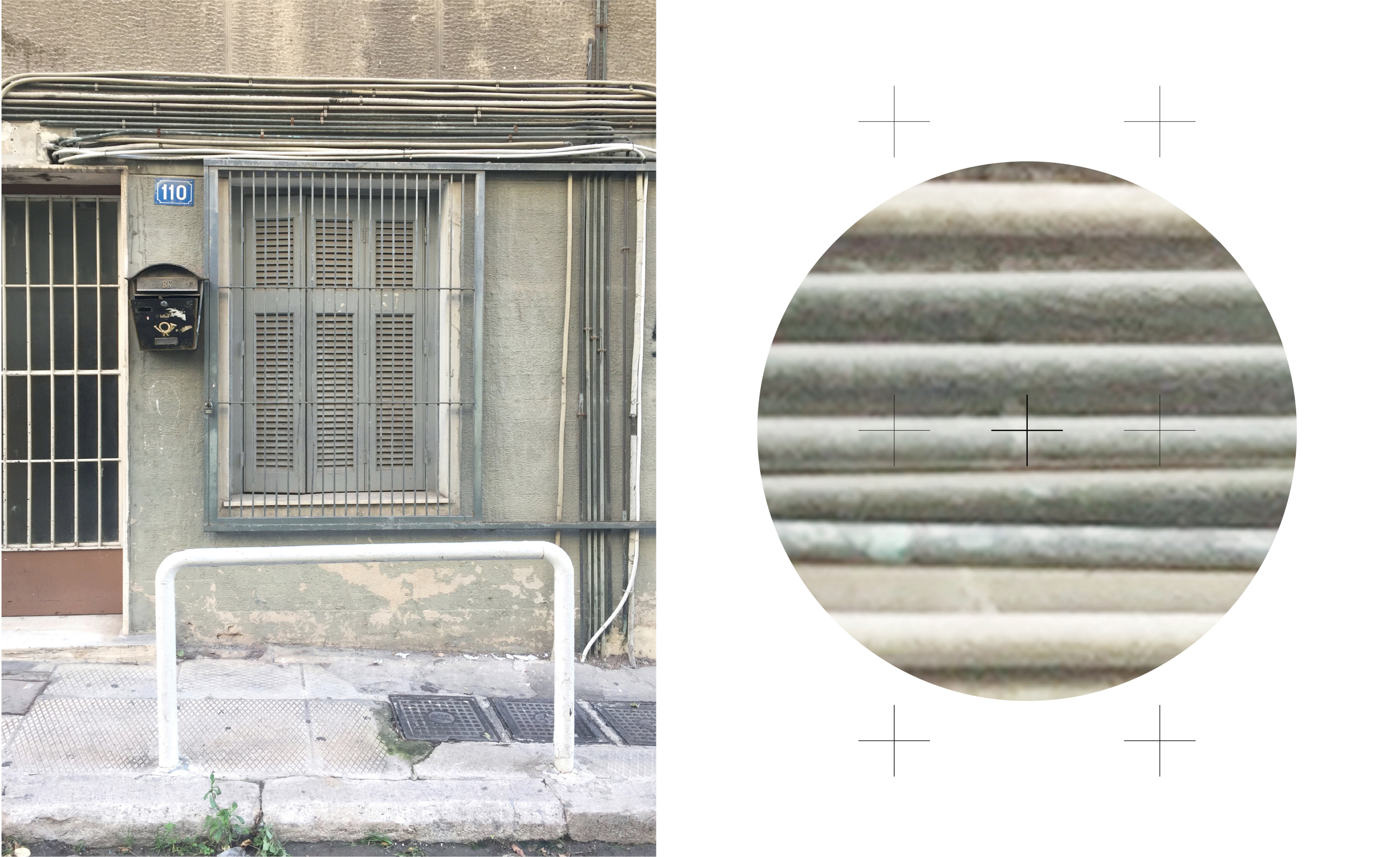
The Past of Things to Come was also presented and published as a paper in: Urban resilience, Changing Economy and Social Trends, 2019, eds. F.Othengrafen and K.Serraos, Leibniz University of Hanover and the National Technical University of Athens. http://resilient-cities.eu/wp-content/uploads/20190125_Hekris.pdf
AFTER THE END
2016










We are not in the world, we become with the world; we become by contemplating it. Everything is vision, becoming. We become universes. Becoming animal, plant, molecular, becoming zero.
Deleuze G. and Guattari F., What is Philosophy? London, Verso (1994, p.169)
The main idea of After the End builds on a sci-fi, possibly doomsday, scenario where a group of people find themselves on a deserted land among dispersed apparatuses. The work reflects on the relations between society, technology and nature and the dystopian scenarios that largely surround them today. The series editing follows a continuation as the photographs succeed one another, in an attempt to suggest the notion of movement and transition and the importance of passage, as a means of reinventing ourselves and our futures within the world.
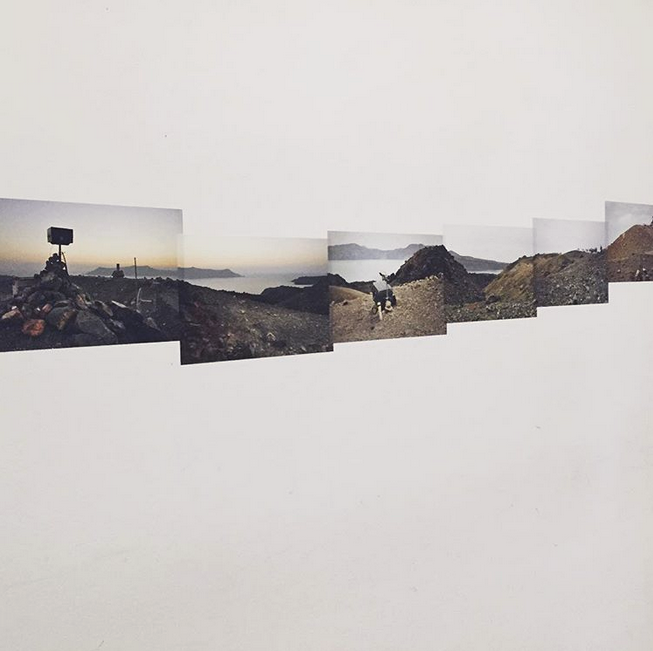
ELECTRIC DREAMS
2019

Electric Dreams is a site-specific installation reflecting
on how new technologies apprehend and transform the urban environment. In the
near future, a computer, along with a printer and other peripherals, is found
‘alive’ in an abandoned, wrecked office space. The computer seems to have
developed a kind of artificial intelligence in its effort to escape years of
boredom and loneliness. With the use of Google street view, it sets off to
explore its surroundings and to discover what lies outside its dark and cold room.
As it navigates through parts of the city, it takes photographs i.e. screenshots,
then copies and repositions elements as to final construct its very own masterpiece.
A machine’s (urban) experience
can seem indeed limited, or even nonexistent, to that of humans, yet its
learning ability, when it comes to speed, storage and information access, is massive
compared to ours, as it is its capacity of multiple simultaneous interconnections.
Do we really know how a machine is capable of using the endless data that is
receiving? The computer-flaneur seems to be limited to the information of Google
Street View, but perhaps this is not the case.
Perhaps in its effort to make
sense of the multifaceted layers of the city, it reaches out to other facts and
figures: It reads through texts and manuscripts, searches historical and philosophical
writings, examines old photographs and sound recordings, various Youtube videos
and movies.
‘Electric Dreams’
reflects on advanced technology as a means of understanding the
world and the places we inhabit, wondering on the use of machine learning and
the potential of AI. Narrating probably one of Sci-Fi’s favourite stories, that
machines can and will eventually develop Emotional Intelligence, which will render
them more human than we are.



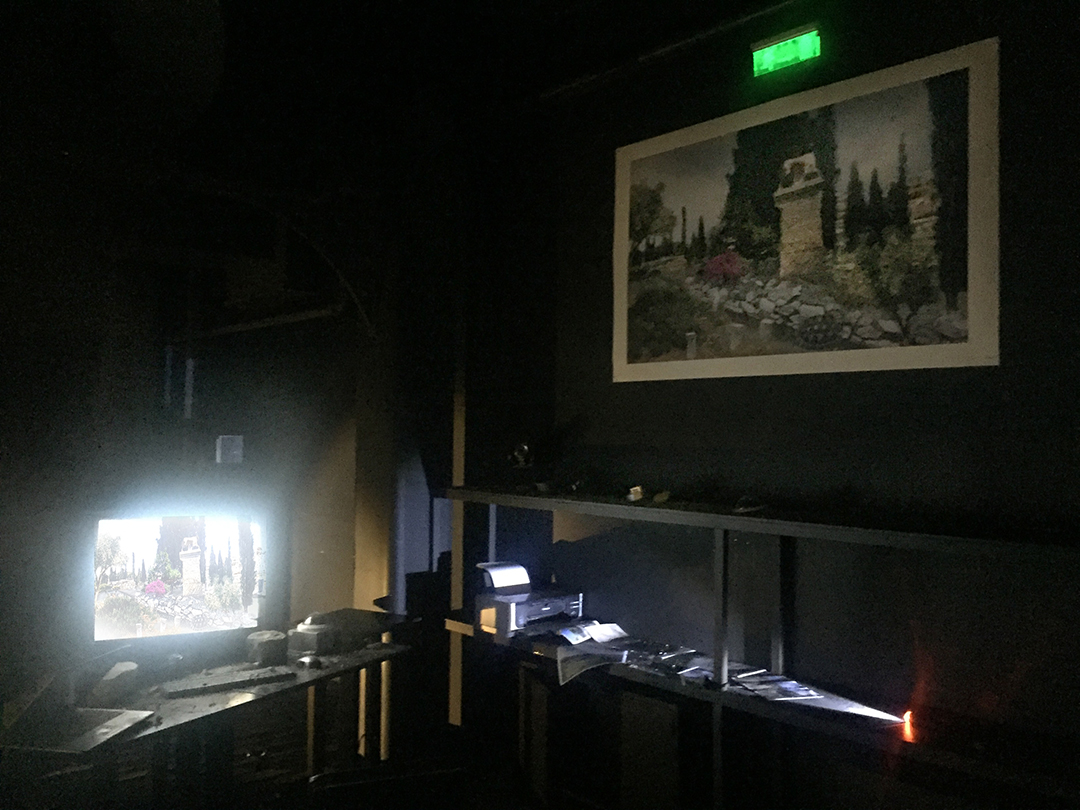
Electric Dreams (2019) by Zoe Hatziyannaki is a site and context responsive installation reflecting on a future scenario where technology has obscurely reached a more advanced stage. A screen, a printer and other peripherals take the shape of a curious apparatus functioning on a self-programming and self-operating system. Artificial intelligence and its engagement with the advancement of technology lies within the artist’s immediate interests. The integration of simulated intelligence with emotional intelligence could be a credible plot changing the way we see technology today and how we interact with it.
The machine presented by Hatziyannaki belongs to a framework of a future reality, perhaps not so far away. It is able to enact its very own logic and reasoning and concomitantly perform a task while wielding its own emotional artificial brainpower. We witness a device analysing the topographical coordinates and other constituents with algorithmic and computational procedures, it automatically generates an image that for itself this represents the ultimate exquisiteness of aesthetics for such scenery.
With perspicuous allusions to the role of technological means over contemporary art practices, Hatziyannaki examines the debate on what is art today and to what extent technology is acceptable to be entangled with the production of an artwork. She challenges the belief that technology can arise as an obstacle for artistic expression as opposed to the fact that it is widely used to produce an artwork. The prospect of a self-thinking and feeling appliance might still be far away yet the sense of a manmade machine sharing mutual feelings with us may seem paradoxically comforting, especially when it comes to postulating a state of future dystopia on our planet.
Text by Kostas Prapoglou in the catalogue of +9 exhibition.
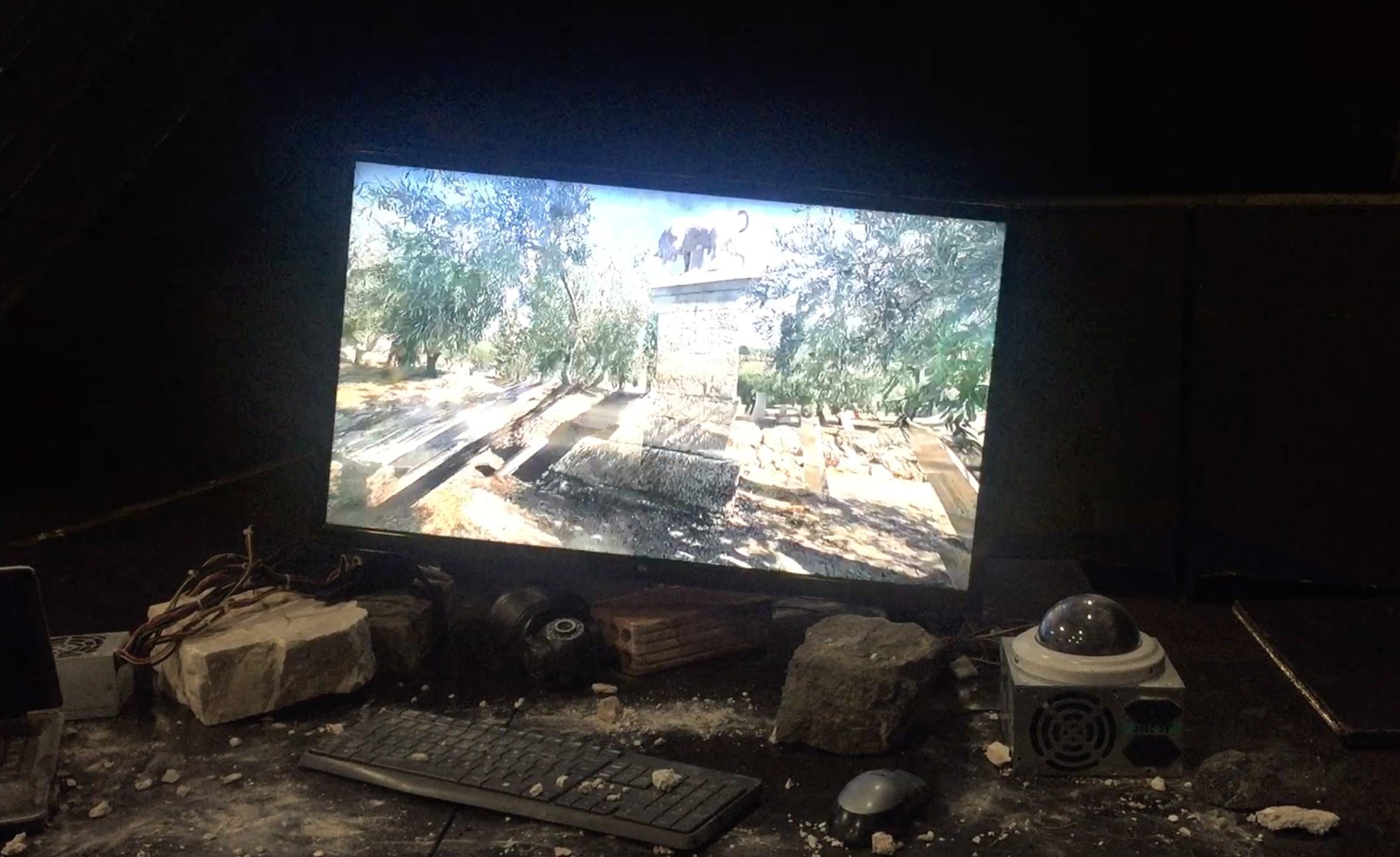
C-BEAMS
2015




